ARE YOU RIVER READY?
Planning and Preparation
Montana is blessed with many wonderful rivers carving through vast valleys, wild canyons and placid plains.
Floating these rivers safely requires a wide range of skill sets, knowledge from experience and the right choice of craft. Proper planning and preparation include: a plan (your river or lake choice), your selection of craft for your route and a minimal gear list which should always be along to help if problems arise (see more below). Proper planning and execution from start to finish must be done whether the trip is one hour or one week. You never know when a harrowing incident will happen.
Every year tens of thousands of people float on Montana’s waterways most without incident; however, many have close calls and some don’t make it home. Those who do not make it home more often than not had poor overall planning and preparation. Please pay attention while floating.
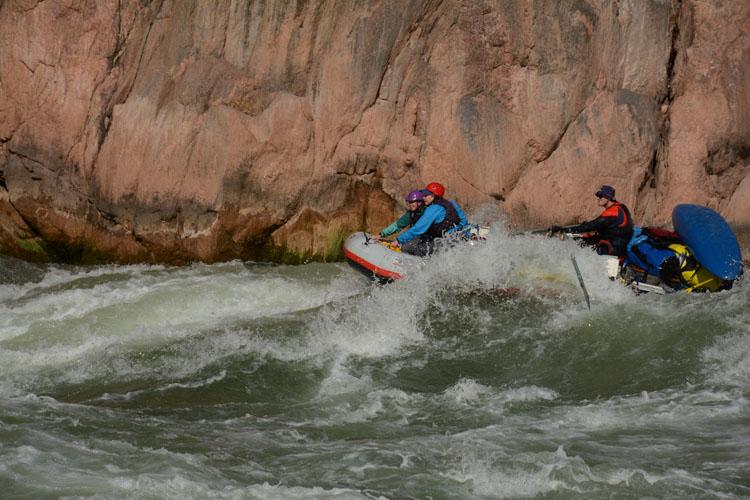
Route selection
Choosing the right float on a stretch of river or lake is extremely important. The right choice matches your skill level and your choice of craft. The length of trip and weather help define some equipment choices but make sure you always have the minimum. On your selected route you want to know what your up against. You don’t want to get into a situation you were not ready for. Know your put-in and take-out points and have a river map.
People do lose their boats and have to walk out so a map will help in many ways. The map will also show river miles, man-made obstacles, and river features, which need to be watched out for to ensure a safe trip.
Talking with experts who have experience with your chosen route is also a smart part of planning. When you are better prepared it is always rewarded somehow whether you notice it or not. If you’re better prepared an accident or mishap will be easier to deal with.
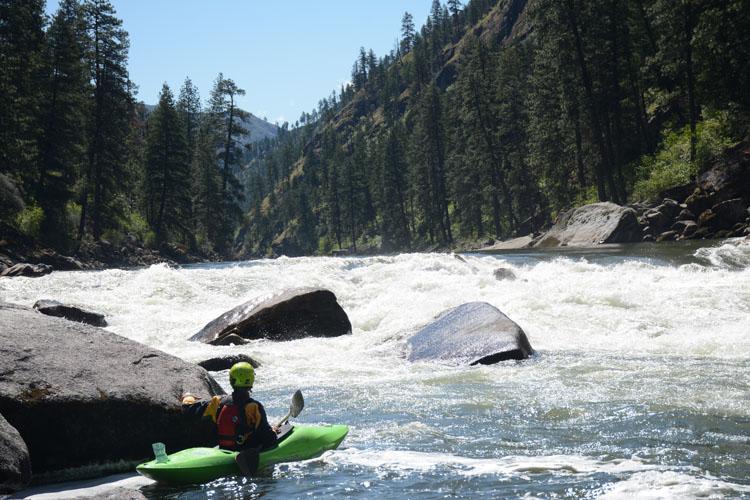
Self-evaluation and Craft choice
Are you physically fit for the float you selected? Is your craft the right choice? Is your partner or group capable? These are simple questions with fairly easy answers. Over the years most boat wrecks I’ve seen have involved inexperience, with poor choice of craft coming in a close second.
People often over-rate their abilities or under-rate the river’s forces.
As a result you are set up for the possibility of confronting a challenge you or your gear are not ready for. You must practice to prepare for the challenges. Running rivers is fun—that’s why we are out there. Building more skills will make you more mindful of what is required for success and what is required in case of an accident or unplanned event.
Someone on the trip should be designated trip leader to help make the best choices. A good trip leader with the right level of experience will be best able to react if a problem arises. A good trip leader will always set the tone for safety first and more than likely teach you something while you’re out there.
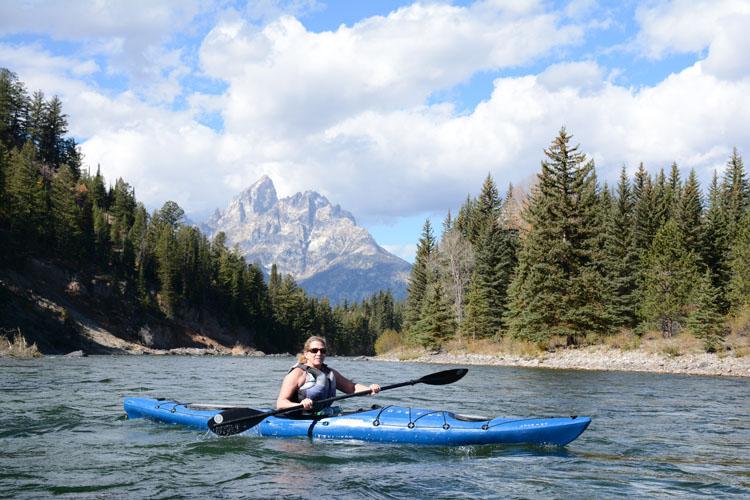
The Extra Stuff Isn’t Extra
Look at the Packing List I’ve provided and don’t go to the river without it in your boat. I always pack a dry bag with these items. Montana can dish out a severe weather change in 30 minutes. You might have started the day at 11 a.m. in 75-degree weather. Two hours later it could be 40 degrees and dropping. The contents of your dry bag will prepare you.
With today’s cell phones and weather reports available in seconds, always check the weather before you go.
packing list for the boat
- The 20-30 liter dry bag should be secured to the boat.
- Extra clothing with full change of clothes for worst possible weather.
- Synthetic not cotton.
- Rain jacket
- Matches or lighter
- Headlamp
- Food—whatever you want plus some high calorie energy bars
- Water—for a full day out, a simple water filter is handy
- Sunscreen
- First aid kit
- Leatherman type multi-tool to fix a lot of problems
- Duct tape, small roll is fine
attached to the boat
- Throw rope
- Spare paddle or oar
- 2 or more carabiners
- Repair kit specific to your boat
gear for your body
- Life vest ( PFD ) with a whistle
- Easy access knife
- River ready footwear—not flip flops
- Good sun hat
- Helmet—if needed for that piece of river
- Proper attire for the day
Potential Risks in Boating
- Hypothermia, the lowering of the body core temperature, can happen in 5-15 minutes and put you at serious risk. If someone in your group is hypothermic, action must be immediate to alter the consequences.
- High water changes rivers dramatically and streams even more so.
The force of the water becomes overwhelming for all but experts in the right crafts. Don’t take on high water unless your completely prepared with the right skill set. I’ve seen high water humble many experts. - Obstructions change river dynamics. Trees, fences, bridges, rocks, ledges, irrigation canals, narrowing channels and larger drops with horizon lines.
- Rapids caused by all obstructions noted above as well as natural river features. Scouting or portaging might be required.
- Entrapment literally means getting stuck on or in something, usually a foot or hand between or under rocks or logs. Beware of and watch for loose ropes and straps, which can entangle someone or get stuck on rocks, logs, branches or even part of your boat. Manage all loose ropes and straps with care. This issue has cost many lives.
- Alcohol. Hot days on the rivers and lakes generally include some adult beverages but as usual keep it sensible or it could lead to bad decisions.
In conclusion, tell someone where you’re floating. Include put-in locations, take-outs, and expected finish time. Call the person(s) when you’re done. Cell phones work in most places (not all ) but batteries die and they stop working when they get wet. Simple dry bags for electronics are a must.
I hope this article starts you on a new path of boat trip preparation. My staff and I are ready to help and always ready to talk river safety.
In conclusion, tell someone where you’re floating. Include put-in locations, take-outs, and expected finish time. Call the person(s) when you’re done. Cell phones work in most places (not all ) but batteries die and they stop working when they get wet. Simple dry bags for electronics are a must.
I hope this article starts you on a new path of boat trip preparation. My staff and I are ready to help and always ready to talk river safety.






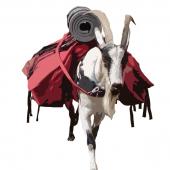
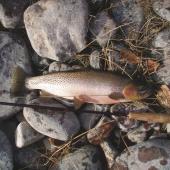





Leave a Comment Here